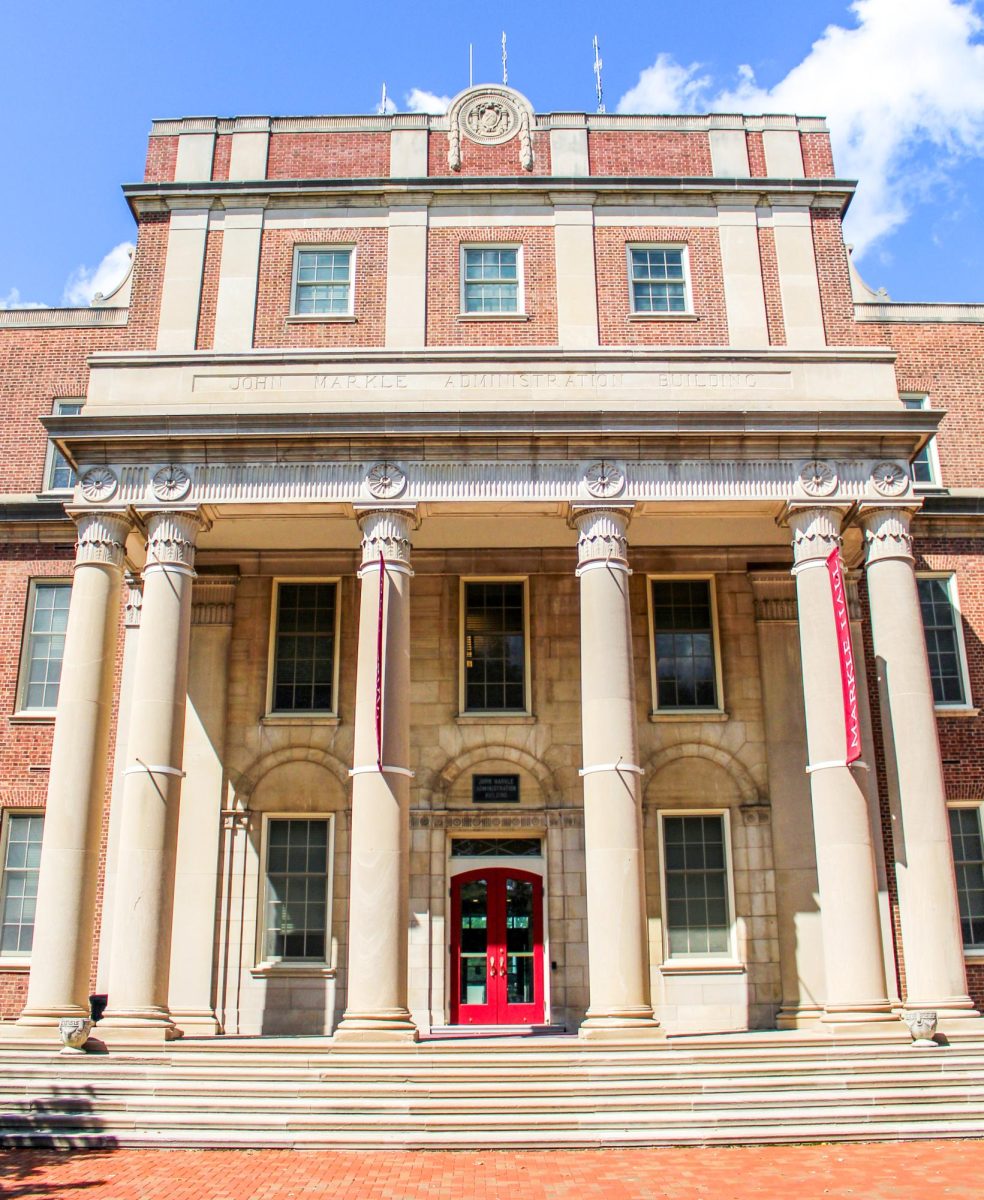Lafayette’s class of 2027, with 9,866 students sending in applications, has the second-highest number of applicants and surpassed admissions’ goal of 12.5 percent Pell-eligible students.
The college has pulled back on class size after over-enrollment with class sizes of 784 and 761 for the classes of 2025 and 2026, respectively. Admissions expects to maintain a class size of roughly 700 for future first-year classes, which the class of 2027 has met. Members of the administration believe this will placate various issues that arise with a larger class size, such as pressure on classroom sizes, advising, housing and dining, while the continued large applicant pools have allowed the school to build diversity.
Diversity in admissions is measured in many ways, including a class’ percentage of Pell Grant eligibility. The Pell Grant is federal aid for low-income students in undergraduate schools; 93 percent of recipients have family incomes below $60,000. Lafayette was 11th out of the bottom 20 private schools in terms of Pell eligibility as of 2020.
“President [Nicole Hurd] is very much access-oriented,” Forrest Stuart, vice president for enrollment management, said. “She’s worked with underrepresented high schools and with families, and has a real heart and motivation for access.”
“We are committed to getting this number, and we want to make sure that there’s socioeconomic diversity on this campus,” college President Nicole Hurd said. “I’m incredibly proud of the work we’re doing to make this college an engine of opportunity.”
Lafayette had progressed to about 10 percent of the incoming class being Pell-eligible before COVID-19, when numbers began to fall again. In the fall of 2020, the number dipped to as low as 6.7 percent. After a steady climb in the post-pandemic era, admissions made the goal 12.5 percent for the fall of 2023, which was surpassed by a full percentage point as 13.5 percent of this year’s first-year class qualifies for the grant.
“Lafayette College is one of approximately 70 institutions that are able to meet the full demonstrated need,” Shelby Maguire, director of financial aid and director of financial wellness, wrote in an email. “This process allows for a full analysis of a family’s financial circumstances and the awarding of financial aid. The generous awarding of financial aid allows students of all financial backgrounds to be able to have the opportunity to attend Lafayette College.”
While searching for the class of 2027, Lafayette received applications from all 50 states, and the current class includes students from 35 states and 48 countries. Additionally, the class consists of 7.4 percent international students and 12.5 percent first-generation college students, which is a 4.8 percent increase from the class of 2026.
Lafayette College is in the one of the most expensive schools in the U.S., and with the intersection of race and class comes the question of affirmative action, recently ruled unconstitutional by the Supreme Court.
“For the fall of ‘23, we did not look at race at all because we anticipated what the Supreme Court was going to do,” Stuart said. “It actually worked out fine. We have a very strong applicant pool from low income students, and we have partnerships across the nation [such as] the Posse program.”
“Posse is very great at finding those who might need more financial support,” Emma Vincent ‘27 said. “[It focuses] on the students themselves and their qualities and their skills as a leader … I like how Posse includes building leadership qualities.”
Twenty-five percent of domestic students from the classes of 2026 and 2027 identify as people of color, the highest rates in Lafayette’s history. Although admissions would like to see the numbers grow, without access to that data during the admissions process, they will not be able to know until after enrollment.
“[Admissions] looks at someone’s whole story and tries to take all that into account,” Justin Corvino, professor of mathematics and former chair of the faculty enrollment planning committee, said. “Hopefully, we’ll still be able to do that and achieve that level of diversity.”
Lafayette admissions have been fortunate to remain selective, boasting a 31.4 percent acceptance rate for the current first-year class, while other universities are still struggling post-pandemic.
“There are a lot of schools … that would love to be in our position,” Stuart said. “There’s plenty of things that are not perfect, but I have worked in schools that have been struggling to say, ‘Are we even going to make close to the number that we need to be in the first year class?’ So, it’s a very … privileged position to be in, but there’s a lot more responsibility to make sure that we aren’t leaving anybody out.”







































































































